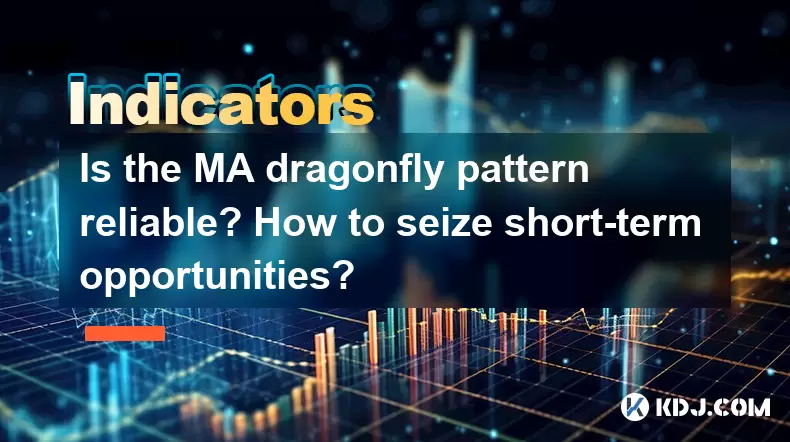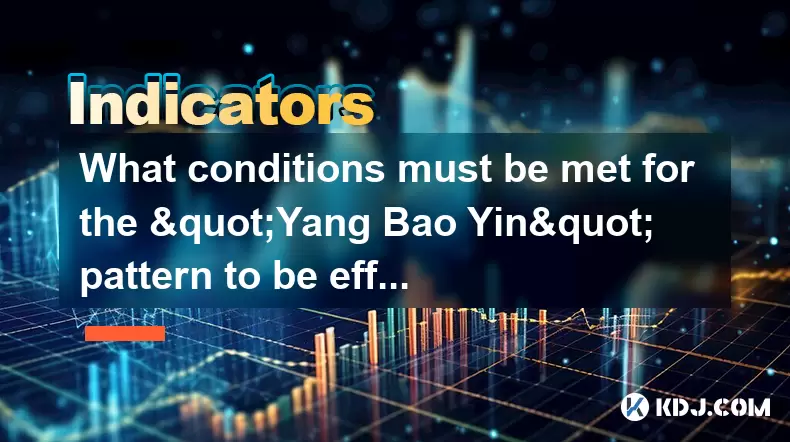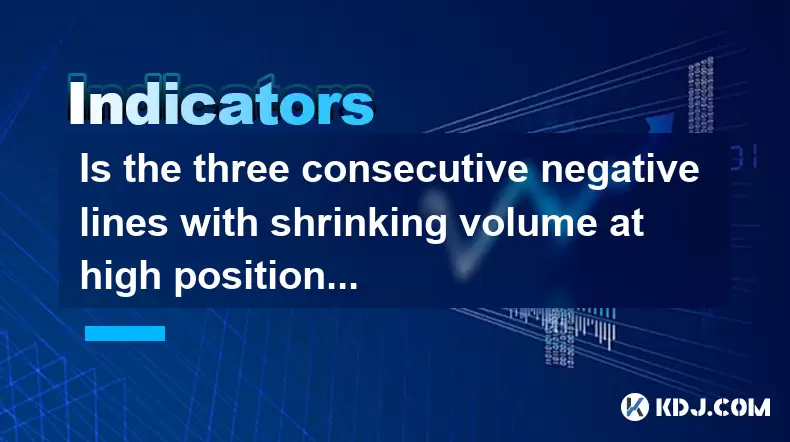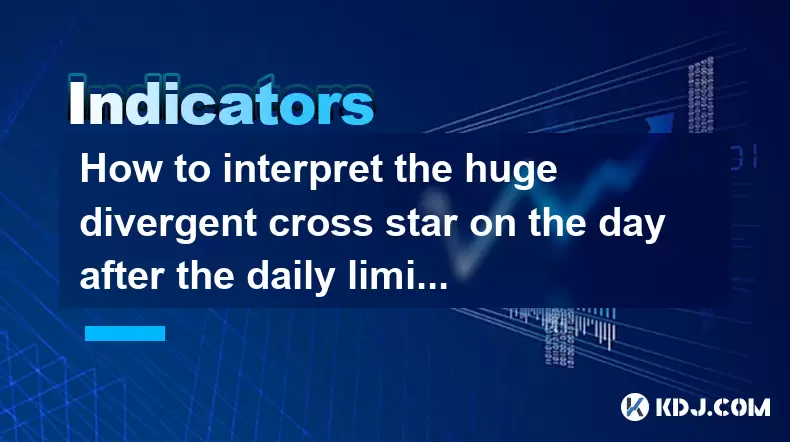-
 Bitcoin
Bitcoin $105,053.8967
0.28% -
 Ethereum
Ethereum $2,536.9103
0.49% -
 Tether USDt
Tether USDt $1.0004
0.01% -
 XRP
XRP $2.1735
1.51% -
 BNB
BNB $650.9659
-0.36% -
 Solana
Solana $146.0013
1.03% -
 USDC
USDC $1.0000
0.01% -
 Dogecoin
Dogecoin $0.1776
1.66% -
 TRON
TRON $0.2700
-1.20% -
 Cardano
Cardano $0.6367
0.08% -
 Hyperliquid
Hyperliquid $41.5154
4.36% -
 Sui
Sui $3.0303
1.00% -
 Bitcoin Cash
Bitcoin Cash $436.0395
5.03% -
 Chainlink
Chainlink $13.1926
-0.32% -
 UNUS SED LEO
UNUS SED LEO $9.0306
-0.41% -
 Stellar
Stellar $0.2595
0.37% -
 Avalanche
Avalanche $19.1528
0.37% -
 Toncoin
Toncoin $3.0008
1.46% -
 Shiba Inu
Shiba Inu $0.0...01218
4.24% -
 Hedera
Hedera $0.1597
4.06% -
 Litecoin
Litecoin $86.1907
2.88% -
 Polkadot
Polkadot $3.8078
-0.27% -
 Ethena USDe
Ethena USDe $1.0005
0.02% -
 Monero
Monero $315.3789
0.26% -
 Dai
Dai $0.9999
0.01% -
 Bitget Token
Bitget Token $4.5446
0.46% -
 Pepe
Pepe $0.0...01114
4.48% -
 Uniswap
Uniswap $7.3261
1.15% -
 Pi
Pi $0.5867
5.21% -
 Aave
Aave $276.8268
-2.40%
Is the MA dragonfly pattern reliable? How to seize short-term opportunities?
The MA dragonfly pattern combines the Moving Average and Dragonfly Doji to help crypto traders spot short-term opportunities, especially in trending markets.
Jun 13, 2025 at 09:35 am

Introduction to the MA Dragonfly Pattern
The MA dragonfly pattern is a technical analysis tool used by cryptocurrency traders to identify potential short-term opportunities in the market. This pattern is a combination of the Moving Average (MA) indicator and the Dragonfly Doji candlestick pattern. The MA dragonfly pattern is considered reliable by many traders because it combines the trend-following capabilities of the MA with the reversal signals of the Dragonfly Doji. This article will explore the reliability of the MA dragonfly pattern and provide detailed steps on how to seize short-term opportunities using this pattern.
Understanding the Components of the MA Dragonfly Pattern
To effectively use the MA dragonfly pattern, it's essential to understand its two main components: the Moving Average (MA) and the Dragonfly Doji.
Moving Average (MA): The MA is a trend-following indicator that smooths out price data to create a single flowing line, making it easier to identify the direction of the trend. There are different types of MAs, such as the Simple Moving Average (SMA) and the Exponential Moving Average (EMA), but for the purposes of the MA dragonfly pattern, the SMA is commonly used.
Dragonfly Doji: This is a type of candlestick pattern that appears when the opening, closing, and high prices are the same, or very close to the same, with a long lower shadow. The Dragonfly Doji indicates that sellers drove the price down during the session, but buyers managed to push it back up to the opening level. This pattern is considered a bullish reversal signal, especially when it occurs at the bottom of a downtrend.
Identifying the MA Dragonfly Pattern on a Chart
To identify the MA dragonfly pattern on a cryptocurrency chart, follow these steps:
Select the appropriate timeframe: Depending on your trading strategy, choose a timeframe that aligns with your short-term goals. Common timeframes for short-term trading include 15-minute, 30-minute, or 1-hour charts.
Plot the Moving Average: Add the SMA to your chart. A common setting for the SMA in the context of the MA dragonfly pattern is a 20-period SMA.
Identify the Dragonfly Doji: Scan the chart for a Dragonfly Doji candlestick. This candlestick should have a long lower shadow and a small or non-existent body at the top of the trading range.
Confirm the pattern: The Dragonfly Doji should form near or below the 20-period SMA. This indicates that the price has reached a potential support level and may reverse upwards.
Reliability of the MA Dragonfly Pattern
The reliability of the MA dragonfly pattern depends on several factors, including market conditions, the timeframe used, and the trader's experience. Here are some points to consider:
Market Conditions: The pattern is more reliable in trending markets, where the MA can effectively identify the trend direction. In choppy or sideways markets, the pattern may produce false signals.
Timeframe: Shorter timeframes may produce more signals, but these signals can be less reliable due to increased market noise. Longer timeframes may produce fewer signals, but these signals tend to be more reliable.
Trader's Experience: Experienced traders who understand the nuances of the pattern and can combine it with other technical indicators may achieve better results. Novice traders may need to practice and gain experience before relying solely on this pattern.
Seizing Short-Term Opportunities with the MA Dragonfly Pattern
To seize short-term opportunities using the MA dragonfly pattern, follow these detailed steps:
Monitor the Chart: Keep an eye on your chosen cryptocurrency chart for the formation of the MA dragonfly pattern. Use the steps outlined above to identify the pattern accurately.
Confirm the Signal: Before entering a trade, confirm the signal by looking for additional bullish indicators. For example, check if the volume is increasing, if there are other bullish candlestick patterns forming, or if the price is approaching a known support level.
Set Entry and Exit Points: Determine your entry point, which should be just above the high of the Dragonfly Doji candlestick. Set a stop-loss order below the low of the Dragonfly Doji to manage risk. Decide on your profit target based on your risk-reward ratio and the market's volatility.
Execute the Trade: Once you have confirmed the signal and set your entry and exit points, execute the trade. Monitor the trade closely, as short-term opportunities can be fleeting.
Review and Adjust: After the trade is closed, review your performance. Analyze what worked and what didn't, and adjust your strategy accordingly for future trades.
Using Additional Indicators to Enhance the MA Dragonfly Pattern
While the MA dragonfly pattern can be a powerful tool on its own, combining it with other technical indicators can enhance its reliability and increase the probability of successful trades. Here are some additional indicators to consider:
Relative Strength Index (RSI): The RSI can help confirm the bullish reversal indicated by the Dragonfly Doji. If the RSI is in oversold territory (below 30) and starts to rise, it can reinforce the bullish signal.
MACD (Moving Average Convergence Divergence): The MACD can provide additional confirmation of a trend reversal. If the MACD line crosses above the signal line, it can indicate a potential upward movement in price.
Fibonacci Retracement Levels: Use Fibonacci retracement levels to identify potential support and resistance levels. If the Dragonfly Doji forms near a key Fibonacci level, it can increase the reliability of the pattern.
Frequently Asked Questions
Q: Can the MA dragonfly pattern be used for long-term trading?
A: While the MA dragonfly pattern is primarily used for short-term trading due to its focus on quick reversals, it can be adapted for longer timeframes. Traders can use longer periods for the SMA and adjust their entry and exit strategies accordingly. However, the pattern may be less reliable on longer timeframes due to increased market noise and fewer signals.
Q: What are the risks associated with trading the MA dragonfly pattern?
A: Trading the MA dragonfly pattern, like any trading strategy, comes with risks. False signals can lead to losses, especially in volatile markets. Additionally, relying solely on this pattern without considering other market factors can increase risk. It's essential to use proper risk management techniques, such as setting stop-loss orders and managing position sizes, to mitigate these risks.
Q: How can I practice using the MA dragonfly pattern before trading with real money?
A: Practicing with a demo account is an excellent way to gain experience with the MA dragonfly pattern. Many cryptocurrency exchanges and trading platforms offer demo accounts where you can trade with virtual money. Use these accounts to practice identifying the pattern, setting entry and exit points, and managing trades without the risk of losing real money.
Q: Are there any specific cryptocurrencies where the MA dragonfly pattern works better?
A: The effectiveness of the MA dragonfly pattern can vary across different cryptocurrencies due to differences in market liquidity, volatility, and trading volume. Generally, the pattern may work better on more liquid and widely traded cryptocurrencies like Bitcoin (BTC) and Ethereum (ETH). However, it's essential to backtest the pattern on specific cryptocurrencies to determine its effectiveness in different market conditions.
Disclaimer:info@kdj.com
The information provided is not trading advice. kdj.com does not assume any responsibility for any investments made based on the information provided in this article. Cryptocurrencies are highly volatile and it is highly recommended that you invest with caution after thorough research!
If you believe that the content used on this website infringes your copyright, please contact us immediately (info@kdj.com) and we will delete it promptly.
- Despite the news that Binance will delist the token on May 2, Alpaca Finance shocked the cryptocurrency market with a 1,100% price increase in the last week.
- 2025-06-14 20:50:13
- Ripple Reportedly Offered $4–5 Billion to Acquire Circle, the Issuer of USDC
- 2025-06-14 20:50:12
- Bitcoin (BTC) Price Prediction: Targeting $351,046 in 2025
- 2025-06-14 20:45:13
- CIA Eyes Bitcoin as Strategic Tool for Payments and Intelligence
- 2025-06-14 20:45:13
- SBTs (Soulbound Tokens): The Next Phase of Decentralized Identity
- 2025-06-14 20:40:13
- Cathie Wood of Ark Invest Predicts Bitcoin (CRYPTO: BTC) Will Hit a Price of $2.4 Million by the Year 2030
- 2025-06-14 20:40:13
Related knowledge

How to calculate the probability of trend continuation after the MACD column divergence?
Jun 14,2025 at 08:01am
Understanding MACD Column DivergenceThe Moving Average Convergence Divergence (MACD) is a widely used technical indicator in cryptocurrency trading. The MACD column, also known as the histogram, represents the difference between the MACD line and the signal line. When price makes a new high or low but the MACD histogram does not confirm this movement, a...

What are the volume requirements for adjusting the K line in the "rising three methods" pattern?
Jun 14,2025 at 07:50am
Understanding the 'Rising Three Methods' Pattern in Cryptocurrency TradingThe 'rising three methods' pattern is a bullish continuation candlestick formation that traders often use to identify potential upward momentum in cryptocurrency price charts. This pattern typically appears during an uptrend and suggests that the trend is likely to continue after ...

What conditions must be met for the "Yang Bao Yin" pattern to be effective?
Jun 14,2025 at 06:42am
Understanding the 'Yang Bao Yin' Pattern in Cryptocurrency TradingThe Yang Bao Yin pattern is a candlestick formation commonly observed in technical analysis within the cryptocurrency market. This pattern typically signals a potential bullish reversal after a downtrend. However, for this pattern to be effective and reliable, certain conditions must be m...

Is the three consecutive negative lines with shrinking volume at high positions a signal that the main force has finished shipping?
Jun 14,2025 at 09:56am
Understanding the Concept of Three Consecutive Negative LinesIn cryptocurrency trading, three consecutive negative lines refer to a situation where an asset's price chart shows three successive candlesticks with closing prices lower than their opening prices. This pattern typically indicates bearish sentiment in the market. When this occurs at high posi...

Is it an opportunity for the long positive line with large volume to break through the platform and then shrink back?
Jun 14,2025 at 04:42am
Understanding the Long Positive Line with Large VolumeIn technical analysis, a long positive line refers to a candlestick pattern where the closing price is significantly higher than the opening price, often indicating strong buying pressure. When this occurs alongside large volume, it suggests that market participants are actively involved in pushing t...

How to interpret the huge divergent cross star on the day after the daily limit?
Jun 14,2025 at 02:35pm
Understanding the Divergent Cross Star PatternIn the realm of technical analysis within cryptocurrency trading, candlestick patterns are essential tools for predicting price movements. One such pattern is the divergent cross star, which appears as a doji or near-doji candle following a significant price move. When this pattern occurs the day after a dai...

How to calculate the probability of trend continuation after the MACD column divergence?
Jun 14,2025 at 08:01am
Understanding MACD Column DivergenceThe Moving Average Convergence Divergence (MACD) is a widely used technical indicator in cryptocurrency trading. The MACD column, also known as the histogram, represents the difference between the MACD line and the signal line. When price makes a new high or low but the MACD histogram does not confirm this movement, a...

What are the volume requirements for adjusting the K line in the "rising three methods" pattern?
Jun 14,2025 at 07:50am
Understanding the 'Rising Three Methods' Pattern in Cryptocurrency TradingThe 'rising three methods' pattern is a bullish continuation candlestick formation that traders often use to identify potential upward momentum in cryptocurrency price charts. This pattern typically appears during an uptrend and suggests that the trend is likely to continue after ...

What conditions must be met for the "Yang Bao Yin" pattern to be effective?
Jun 14,2025 at 06:42am
Understanding the 'Yang Bao Yin' Pattern in Cryptocurrency TradingThe Yang Bao Yin pattern is a candlestick formation commonly observed in technical analysis within the cryptocurrency market. This pattern typically signals a potential bullish reversal after a downtrend. However, for this pattern to be effective and reliable, certain conditions must be m...

Is the three consecutive negative lines with shrinking volume at high positions a signal that the main force has finished shipping?
Jun 14,2025 at 09:56am
Understanding the Concept of Three Consecutive Negative LinesIn cryptocurrency trading, three consecutive negative lines refer to a situation where an asset's price chart shows three successive candlesticks with closing prices lower than their opening prices. This pattern typically indicates bearish sentiment in the market. When this occurs at high posi...

Is it an opportunity for the long positive line with large volume to break through the platform and then shrink back?
Jun 14,2025 at 04:42am
Understanding the Long Positive Line with Large VolumeIn technical analysis, a long positive line refers to a candlestick pattern where the closing price is significantly higher than the opening price, often indicating strong buying pressure. When this occurs alongside large volume, it suggests that market participants are actively involved in pushing t...

How to interpret the huge divergent cross star on the day after the daily limit?
Jun 14,2025 at 02:35pm
Understanding the Divergent Cross Star PatternIn the realm of technical analysis within cryptocurrency trading, candlestick patterns are essential tools for predicting price movements. One such pattern is the divergent cross star, which appears as a doji or near-doji candle following a significant price move. When this pattern occurs the day after a dai...
See all articles

























































































